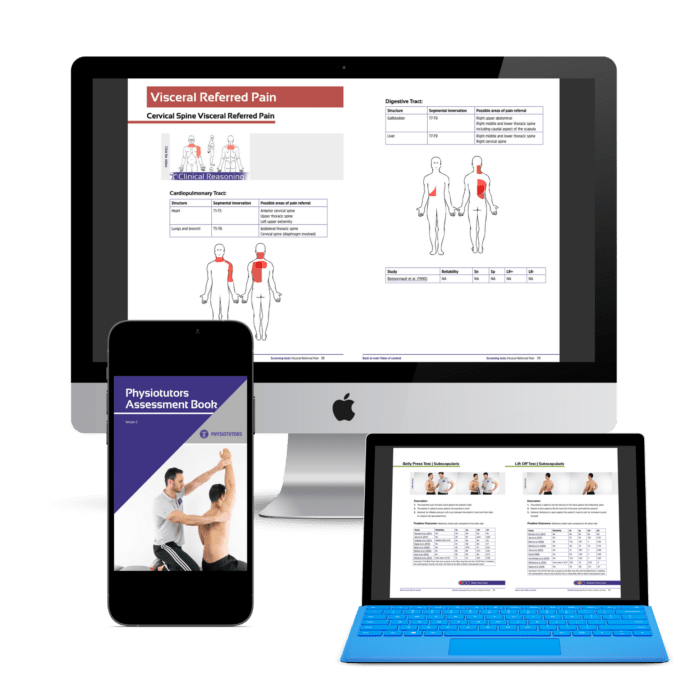



Thoracic Outlet Syndrome is defined as a neurovascular symptom complex associated with compression of the brachial bundle, which includes the brachial plexus and/or subclavian vessels. This compression may be caused by several anatomical structures in one or more of the following three compartments: the interscalene triangle, the costoclavicular space or retropectoralis minor space.
This maneuver is thought to stress the costoclavicular interval where either the subclavian artery, vein or brachial plexus may be entrapped by structures such as subclavius or costocoracoid ligament. No diagnostic accuracy studies have been conducted reporting sensitivity or specificity values, which is why its clinical value remains questionable. The value of this battery of test positions is then also rather to evaluate which positions provoke and relieve symptoms, which can guide therapy.
To perform the test the patient sitting, the therapist assists the patient in performing the following 4 movements:
A. scapula retraction
B. scapula depression
C. elevation
D. and protraction
holding each position for up to 30 s, while the patient rests his or her forearms on his thighs. The examiner simultaneously monitors a change in pulse and symptom onset and notes which positions exacerbates or eases symptoms.
Recommended modifications are to perform the movements with both arms by the side, holding each position for 1 min and the military brace position, which exaggerates backward and downward bracing of the shoulders. This movement is said to obliterate the pulses most readily.
Other common tests to assess for TOS are:








Download our free physiotherapy app with all the knowledge you need.